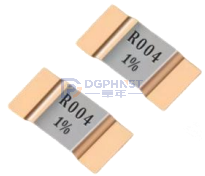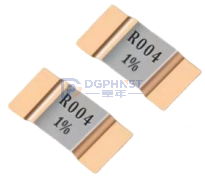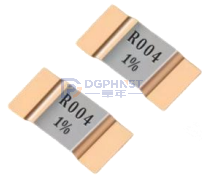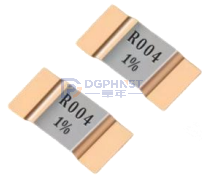The power rating of a resistor is an important parameter in electronic circuits, which measures the maximum power that a hnstshop.com/" target="_blank" rel="noopener">resistor can safely handle. In this article, we will discuss the concept of power rating, its calculation method, factors affecting it, and its applications in circuit design.
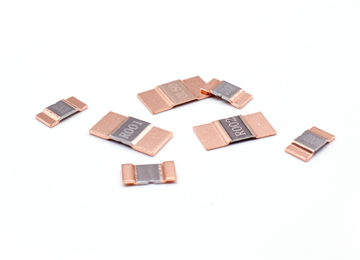
$0.772077
ESR39D9W0M50M02G
Low-Resistance Shunt Resitor ,3920 ,0.0005R(0.5mR) ,±0.5% ,9W ,±100PPM ,ELLON-ESR
1. Definition of Power Rating
The power rating of a resistor refers to the amount of electrical energy that the resistor can dissipate during operation. It is typically measured in watts (W). When current flows through a resistor, heat is generated due to the presence of resistance, resulting in power dissipation. The power rating of a resistor depends on the current and voltage across it.
2. Calculation of Power Rating
The power rating of a resistor can be calculated using the following formula:
P = I^2 * R
where P represents the power rating, I represents the current, and R represents the resistance value. By using this formula, we can calculate the power dissipated by a resistor based on its current and resistance values.
3. Factors Affecting Power Rating
- Current Level: The power rating of a resistor is directly proportional to the square of the current flowing through it. Therefore, higher current levels result in higher power dissipation.
- Voltage Level: The power rating of a resistor is also directly proportional to the square of the voltage applied across it. Higher voltages lead to higher power dissipation.
- Resistance Value: The power rating of a resistor is inversely proportional to the resistance value. Larger resistance values result in lower power dissipation.
4. Applications of Power Rating
The power rating of resistors plays a crucial role in circuit design and resistor selection. Choosing an appropriate power rating is essential to ensure the resistor can handle the power dissipation without getting damaged. Here are some applications of power rating in circuit design:
- Power Supply Circuits: In power supply circuits, selecting the right power rating ensures that the resistor can handle the power output from the supply and maintain circuit stability.
- Current Limiting: Resistors are often used as current-limiting devices. By choosing the appropriate power rating, the resistor can effectively limit the current flowing through the circuit within a safe range.
- Voltage Dividers: Voltage dividers are commonly used in circuits, and selecting the correct power rating ensures that the resistor does not exceed its power dissipation capability while dividing the voltage.
- Resistor Heating: In certain applications, resistors are used as heating elements. Choosing the right power rating ensures that the resistor can generate the desired amount of heat without exceeding its power limits.
When selecting resistors, it is important to consider the required power rating based on the specific application. Choosing a power rating that is too low can result in overheating and damage, while selecting a power rating that is too high may waste resources and increase costs.
In conclusion, the power rating of resistors is a critical parameter in electronic circuits. Choosing the appropriate power rating is crucial for circuit design and resistor selection. Understanding the concept of power rating, its calculation method, and the factors affecting it helps us to better understand and apply resistors in achieving stable and reliable circuit operations.

